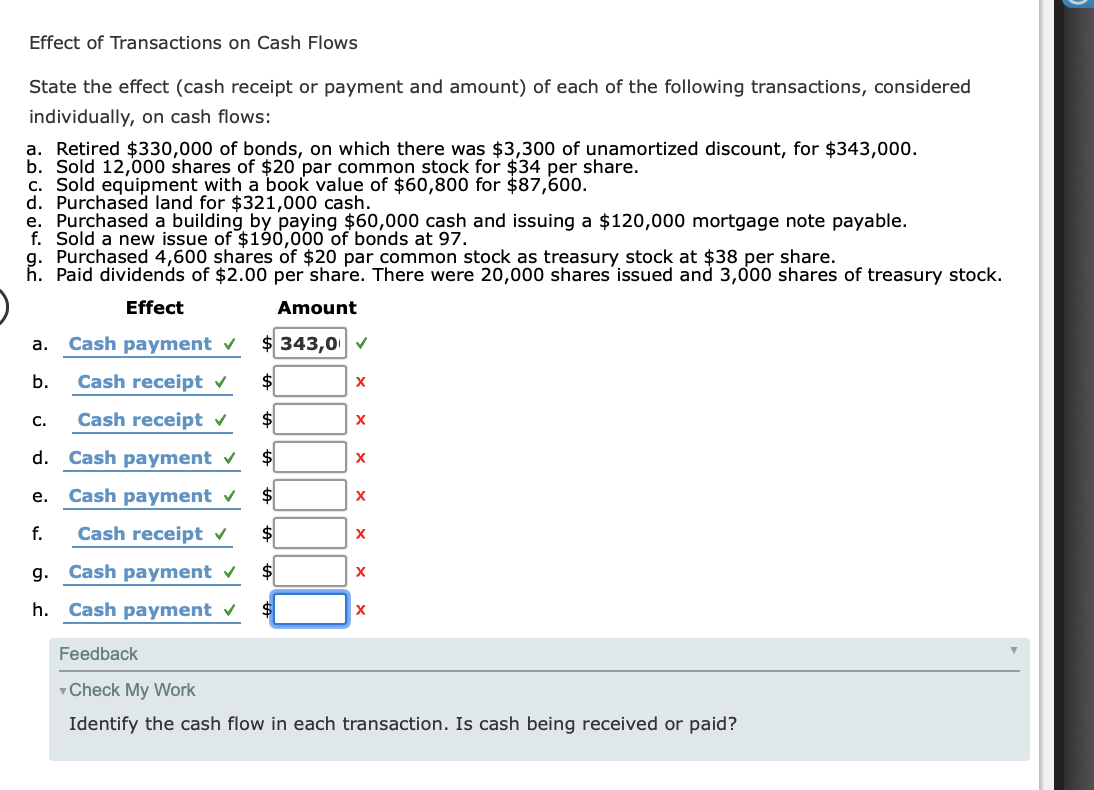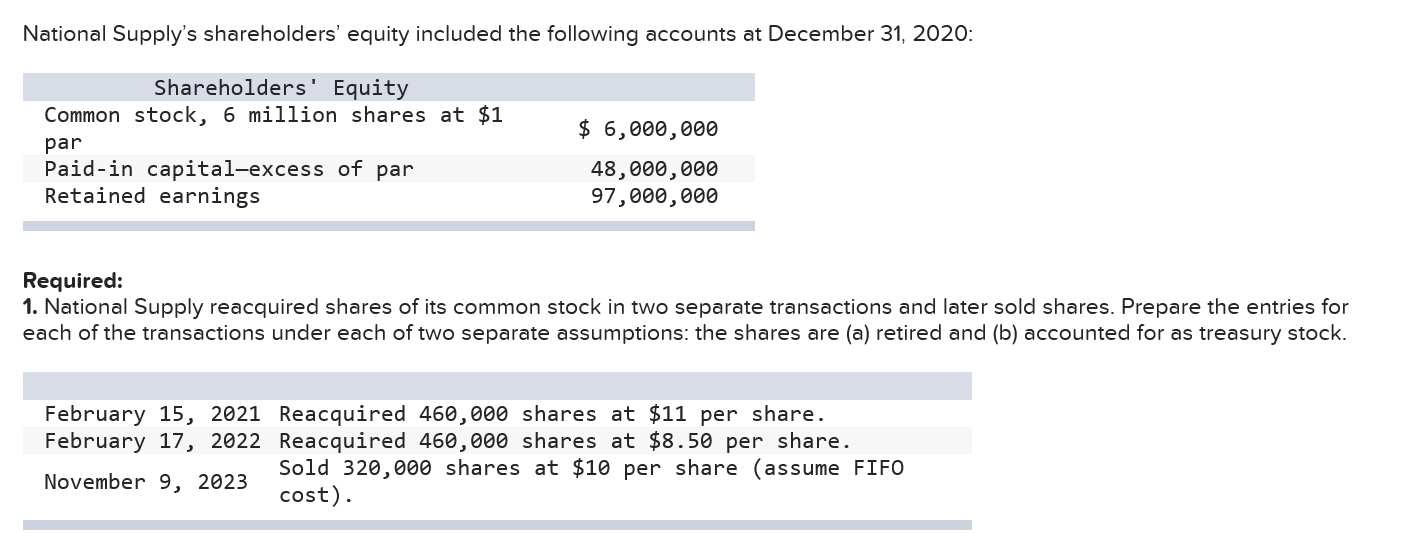
Apple Inc. (AAPL) is a company that aggressively bought back its own shares from 2012 to 2020. Every quarter over that time frame, AAPL bought roughly $10 billion worth of its own stock. Be sure to see if the shares have the word “canceled” imprinted on them, often with holes punched through the certificate. If so, the share is worthless, but it might be worth something to a collector. For a fee, stock search companies will do all of the investigation work for you and, if the certificate ends up having no trading value, they may offer to purchase it for a collector’s value. They don’t possess any financial value and are void of ownership in the company.
Retirement of treasury stock
- If you’re interested in finding a company’s treasury stock, look under the shareholders’ equity section of its balance sheet.
- In a Dutch auction, the company specifies a range, and the number of shares it wishes to repurchase.
- Companies that do direct repurchases buy shares on the secondary market, just like regular investors do.
- Using this method, the cost of the treasury stock is listed in the stockholders’ equity portion of the balance sheet.
The cash account is credited in the total amount paid out by the company for the share repurchase. The net amount is included as either a debit or a credit to the treasury APIC account, depending on whether the company paid more when repurchasing the stock than the shareholders did originally. In this which turbotax version should i use in 2021 case, there will be no treasury stock account included in the journal entry. It uses the value paid by the company during the repurchase of the shares and ignores their par value. The cost of the treasury stock is included within the stockholders’ equity portion of the balance sheet under this method.
Special Purchases
At an extreme, a few influential stockholders may decide that they would like exclusive control over the corporation by buying out the others. By purchasing shares from stockholders, the corporation can use them, for example, as part of the compensation to executives without having to go through the legal difficulties of amending the Charter to allow additional shares to be issued. Treasury stock is one of the various types of equity accounts reported on the balance sheet statement under the stockholders’ equity section as a contra-equity account.

Cost Method Stock Repurchase
A copy of 11 Financial’s current written disclosure statement discussing 11 Financial’s business operations, services, and fees is available at the SEC’s investment adviser public information website – or from 11 Financial upon written request. 11 Financial may only transact business in those states in which it is registered, or qualifies for an exemption or exclusion from registration requirements. 11 Financial’s website is limited to the dissemination of general information pertaining to its advisory services, together with access to additional investment-related information, publications, and links. Some companies have issued mandatory redeemable stock, which must be turned into the company by a specific date.
Journal Entry for Retiring Treasury Stock
The most common methods to buy back their shares include a tender offer or through a direct repurchase. A tender offer involves buying shares back from investors above the market price or at a premium. Companies that do direct repurchases buy shares on the secondary market, just like regular investors do. When shares are retired, they are usually canceled or permanently removed from the market. However, it’s important to note that certain companies may have specific provisions that allow for the issuance of retired shares under certain circumstances.
If the shares are not transferred within five years, they are considered unissued and subject to change registration. The agency problem between the company and its employees can be solved simultaneously. Hence, one can see that the repurchased shares lie in the treasury stock column. Treasury stock can be reissued in the future for various purposes, such as employee stock option plans, acquisitions, or raising capital.
This does not apply to unscheduled (special) dividends since the strike prices of options are typically adjusted to reflect the amount of the special dividend. Finally, if the sellers into a corporate buyback are actually the call option holders themselves, they may directly benefit from temporary unrealistically favorable pricing. In an efficient market, a company buying back its stock should have no effect on its price per share valuation. Additionally, buying back shares will improve price/earnings ratios due to the reduced number of shares (and unchanged earnings) and improve earnings per share ratios due to fewer shares outstanding (and unchanged earnings).
It is common for stocks to have a minimal par value, such as $1, but sell and be repurchased for much more. When a company initially issues stock, the equity section of the balance sheet increases through a credit to the common stock and the additional paid-in capital (APIC) accounts. The common stock account reflects the par value of the shares, while the APIC account shows the excess value received over the par value. There are a few potential benefits for companies that buy back their own shares. First, it can help to boost the value of the remaining shares by reducing the number of outstanding shares.
Leave a Reply